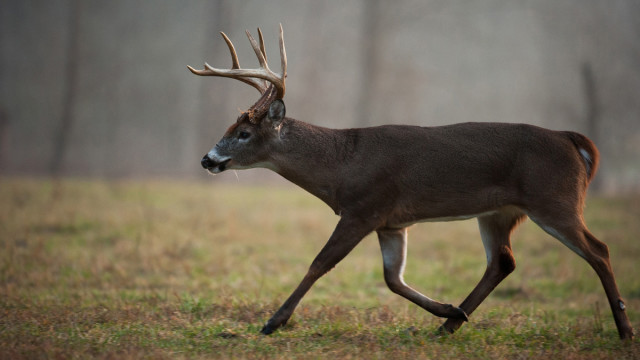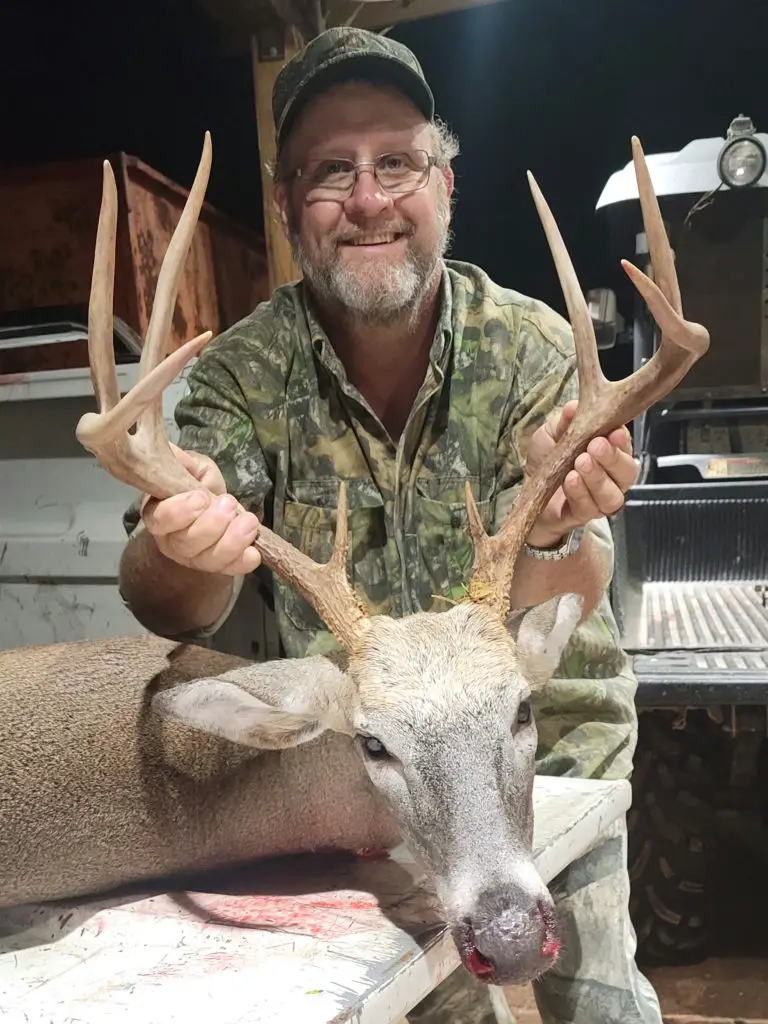An 8 point buck does not have a specific age as the points on a deer’s antlers do not determine its age. Age can be estimated by the size and weight of the deer, and teeth examinations.
Deer hunting is a popular activity for many hunters. One of the factors hunters consider when deciding which deer to target is the size and number of points on the deer’s antlers. However, the number of points does not necessarily determine the age of a buck. Age can be estimated by examining the deer’s teeth and assessing their overall size and weight. A young deer will weigh less and have smaller antlers, while an older deer will typically have a thick neck and larger body size. Understanding the age of a deer is important for hunters because it can help them make informed decisions about which deer to target and when.

Credit: www.themeateater.com
Contents
Understanding Antler Growth And Point Count
Antler growth is an important factor in determining a deer’s point count. The older the deer, the more points on its antlers. To count antler points, look for projections at least an inch long on the main beam. The number of points can vary depending on the region or subspecies, and not all points are created equal.
Some points may be shorter or broken, making them worth less. Understanding antler growth and point count is important for hunters who want to harvest mature bucks. It allows them to identify and target mature deer, rather than shooting younger ones.
Factors Affecting The Age Of A Buck
Antlers are used to determine the age of deer, but how old is an 8 point buck exactly? Antler growth rates and longevity are influenced by genetics, diet, and environment. Hunting regulations and harvest practices also play a role in buck age.
Scientific literature offers estimation techniques, such as cementum annuli analysis, to help determine buck age accurately. While genetics play a large role in antler growth, nutrition is also crucial. Poor nutrition stunts antler growth, while optimal nutrition produces larger antlers.
Environmental factors such as drought can affect antler growth and reduce life expectancy. Hunting pressure can also impact the age structure of bucks in a given area, calling for careful management and regulations to maintain healthy populations.
Big buck runs at hunter after shot!
Methods Of Estimating The Age Of A Buck
Determining the age of a buck is critical for hunting. One common method is tooth wear and replacement. Teeth change as bucks age, providing insight into their age group. Antler development and body characteristics also help to estimate the age of a buck.
Antlers grow differently each year, resulting in unique shapes and sizes for each age group. Different characteristics, such as body size and shape, also change over time. However, each method has its own strengths and weaknesses. For example, determining age via tooth wear and replacement can be highly accurate, but it requires an exact match to a reference image.
Meanwhile, antler development can be variable and influenced by genetics and nutrition. Overall, hunters use a combination of these methods to estimate a buck’s age.
Frequently Asked Questions For How Old Is An 8 Point Buck?
How Do You Determine The Age Of An 8 Point Buck?
To determine the age of an 8 point buck, you can examine its antlers, teeth, and overall body structure. Antler size and shape can give clues to the deer’s age, as well as the wear patterns on its teeth. The body structure and behavior can also help in determining the age of the deer.
What Is An 8 Point Buck?
An 8 point buck refers to a male deer with antlers that have eight distinct points, or tines. This is based on the number of tines on each antler, with four on the front and four on the back. The number of points can vary depending on the age and genetics of the deer.
What Is The Average Lifespan Of A Buck?
The average lifespan of a buck in the wild is around 4-5 years, although some can live up to 10 years. Factors that can affect a deer’s lifespan include disease, hunting, and environmental conditions. In captivity, deer can live much longer, up to 20 years or more.
Conclusion
With the hunting season upon us, understanding the age of a buck is essential for any hunter. While determining the age of an 8-point buck is not an exact science, several factors can provide hunters with a general idea of its age.
Generally speaking, an 8-point buck is likely to be around 3-4 years old. However, other physical characteristics like antler size and body mass can help hunters determine whether the buck is younger or older. Additionally, it’s essential to note that the management of a deer’s population and habitat can impact its growth rate and physical characteristics.
Overall, understanding the age of bucks is important for responsible hunting and effective management of deer populations. With the right knowledge and skills, hunters can accurately gauge the age of their game and ensure a sustainable future for these magnificent animals.
{ “@context”: “https://schema.org”, “@type”: “FAQPage”, “mainEntity”: [ { “@type”: “Question”, “name”: “How do you determine the age of an 8 point buck?”, “acceptedAnswer”: { “@type”: “Answer”, “text”: “To determine the age of an 8 point buck, you can examine its antlers, teeth, and overall body structure. Antler size and shape can give clues to the deer’s age, as well as the wear patterns on its teeth. The body structure and behavior can also help in determining the age of the deer.” } } , { “@type”: “Question”, “name”: “What is an 8 point buck?”, “acceptedAnswer”: { “@type”: “Answer”, “text”: “An 8 point buck refers to a male deer with antlers that have eight distinct points, or tines. This is based on the number of tines on each antler, with four on the front and four on the back. The number of points can vary depending on the age and genetics of the deer.” } } , { “@type”: “Question”, “name”: “What is the average lifespan of a buck?”, “acceptedAnswer”: { “@type”: “Answer”, “text”: “The average lifespan of a buck in the wild is around 4-5 years, although some can live up to 10 years. Factors that can affect a deer’s lifespan include disease, hunting, and environmental conditions. In captivity, deer can live much longer, up to 20 years or more.” } } ] }
